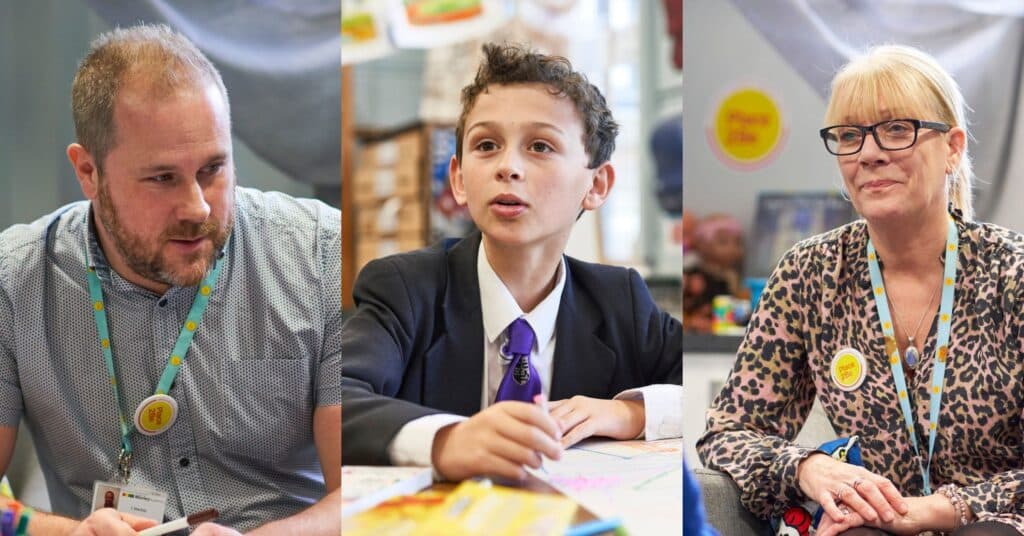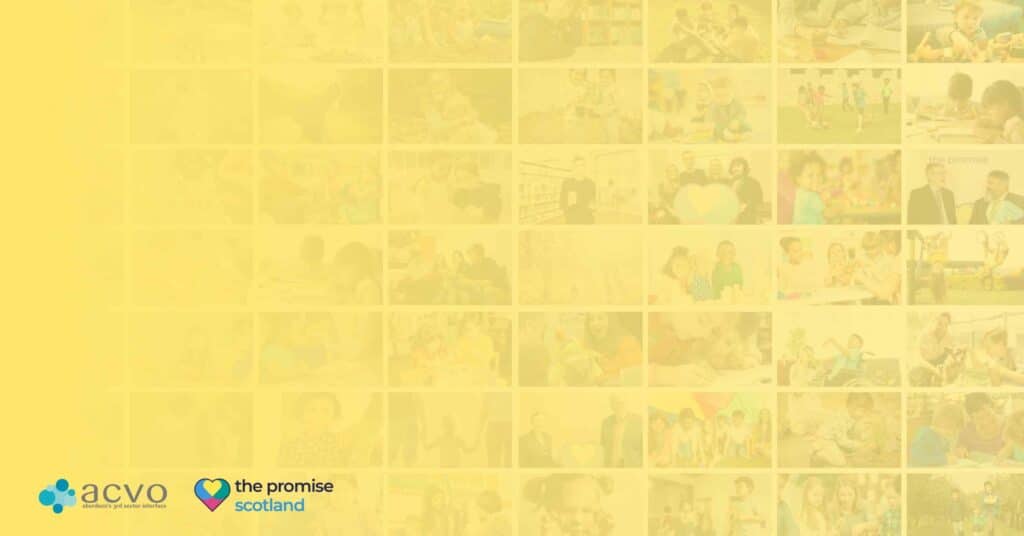The report is commissioned by The Promise Scotland and based on research by OPFS with Child Poverty Action Group. It explores what happens to family finances when a child enters the care system in Scotland and this how affects family reunification – read thoughts on the report from Gette Cobban, Senior Development Officer (The Promise) at ACVO TSI in this latest blog.
Something to consider in relation to the report – what happens to family finances when a child or children are no longer able to stay at home and are taken into care?
For many families already stretched financially to the limit have we considered what this means and how this impacts on the family going forward? The immediate child protection process takes precedence while of course child safety is paramount but when we think about the family as a whole we need to consider family finances as part of the complete picture.
The Promise Scotland asked One Parent Families Scotland (OPFS) to look at this and working with the Child Poverty Action Group and working alongside 10 families who were willing to share their experiences this report makes for important reading.
They asked: what happens to family finances when a child enters the ‘care system’? What is the impact of this change on families and how can the negative impacts be mitigated against?
The often almost immediate change to family finances adds increasing stress and financial pressure at an already very stressful time.
The report asks us to consider what impact this may have on plans to reunite families and helping them to stay together successfully going forward. There is also a very helpful section on page 14 of the report advising what changes occur and when. This could be helpful for you when working with families to ensure they don’t fall into difficult with benefits.

It is important to understand the instant change to financial circumstances for families when organisations are offering support. Families themselves might not have realised the changes that would occur as their focus has been on the child protection process or they may be aware but be too embarrassed to raise this issue.
Also, we need to consider that we know a number of 16-17 year olds choose to return home and this can have a huge impact on the family finances if families don’t know what help or support is available.
This report is very readable and raises an important topic that we need to consider. Both The Promise and The Child Poverty Strategy are plans to improve outcomes for families by 2030 so it is important to consider both these areas together and consider what support is available for families and where systems may need to consider change.
The report finishes with a variety of recommendations for change and these have been grouped into 3 categories:
1. Actions that should be implemented immediately to mitigate some of the corrosive impact of policies and service delivery issues identified by parents.
2. Longer term structural interventions that require policy/legislative changes.
3. Informing and changing the narrative through framing of communication, training and education around the care system and poverty






